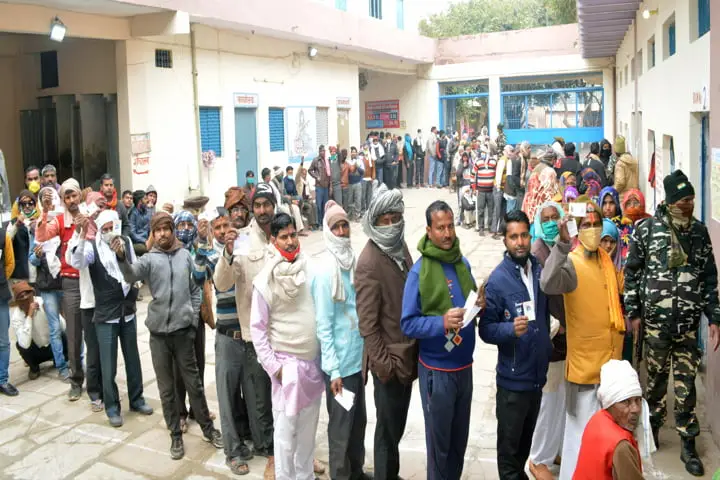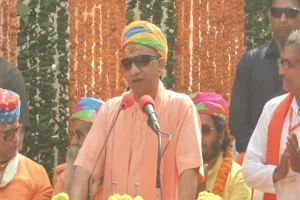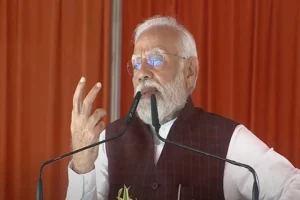At the fag end of the first phase of polling in western Uttar Pradesh on February 10, I got a call. "What's the voter turnout?', the caller asked.
A perception has taken roots over the years that an increase in voter turnout is "bad" for the ruling establishment. "While the origins of this received wisdom are unclear, it is repeated ad nauseam nearly every election cycle," wrote Milan Vaishnav and Jonathan Guy both specialising in political economy on a think tank portal-Carnegie Endowment For International Peace. A section of self styled political analysts on news channels continues to view the voter turnout percentages as an indicator of the outcome.
Both Vaishnav and Guy argue that "not everyone believes that this received wisdom reflects facts on the ground." They stated: "On the contrary, many election experts claim that the purported relationship between anti-incumbency and turnout is non-existent." Psephologist, Sanjay Kumar went on record saying: "There is more noise than substance on the rise in voting percentages." Kumar pointed out that a study of polling patterns of 110 elections between 1998-2008 showed that in 66 cases where the voting percentages increased, the incumbents were voted out. However, in 44 cases the voting percentages increased and decreased but the governments remained unchanged. "What can you infer from that," Kumar asked.
Endorsing the view, Vaishnav and Guy stated: Recent electoral history presents a mixed picture; one can find example linking a sharp rise in voter turnout to both incumbent defeats and victories." The myth that the increase in the voter turnouts is bad news for the incumbent was shattered during the 2019 Lok Sabha polls. With 67.11 per cent, the country witnessed the highest ever voter turnout to date. Decimating the opponents, the BJP led by Prime Minister, Narendra Modi romped home with 303 seats. BJP led NDA not only increased its majority but received 37.36 per cent of the vote, the highest vote share by a political party since 1989 general elections.
Clocking over 70 per cent, 2012 Gujarat Assembly elections witnessed a sharp rise in voters turnout . Yet again the incumbent returned to power by wiping out the opponents. In fact before the results a leading an English magazine ran a story-"High voter turnout leave BJP in jitters." Authors of the article went on to say that "though the exit polls have predicted a BJP sweep, there are a few factors that have raised niggling doubts among partymen:the unexpected 71 per cent turnout and the seemingly jittery behaviour of the chief minister himself." Not only the conventional wisdom was driven to the ground, but 2012 Gujarat elections set the stage for a major political realignment which changed the polity of the country once and for all.
The 2021 West Bengal Assembly elections recorded a voter turnout of nearly 80 per cent. Yet again the high voter turnout went in favour of the ruling Trinamool Congress.
Vaishnav and Guy in their article-"Is Higher Turout Bad for Incumbents" stated that their analysis revealed that "despite the popularity of the notion that citizens come out to the polls in greater numbers when they are motivated to punish the incumbent government,three decades of electoral data present a more ambiguous picture. Voter turnout, the data suggest, is not necessarily pro-or anti-incumbent; rather the relationship between these two variables is likely shaped by the specific context at hand."
Forty eight hours from now, Goa, Uttarakhand, Punjab and remaining parts of western Uttar Pradesh will go to polls. Performance of the incumbents, economic issues and in some cases religious polarisation could decided the outcome rather than the voter turnout.




















